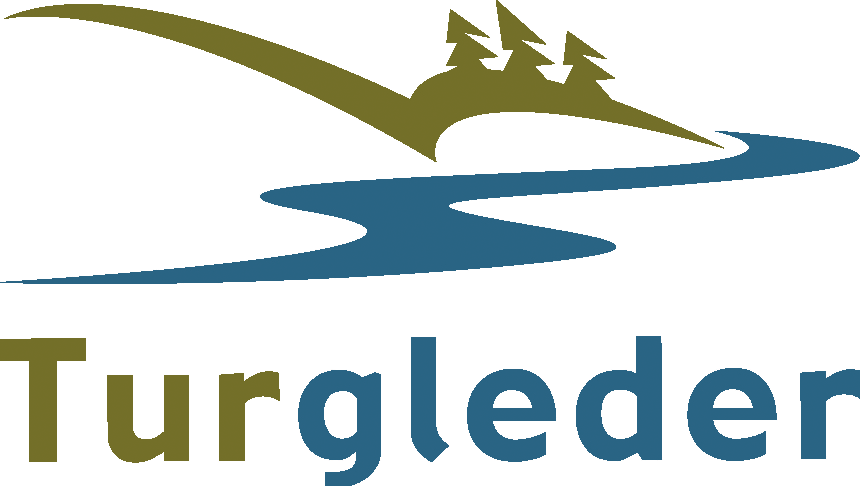The village of Karasjok is situated next to the river Karasjoka in the Karasjok Valley on the Finnmark Plateau. Karasjok is inland and is protected from the ocean winds and weather by the mountains along the coast. This gives inland Finnmark a typical continental climate with relatively stable weather during summer and winter and more changeable weather during spring and autumn.
The winters (November to April) are normally cold and relatively dry. The summers (June to August) are normally cool and dry. There is an average of 71 days with minimum temperature below -20 °C and 21 days with maximum temperature above 20 °C per year. The average temperature for the year in Karasjok is -2.1 °C and the average annual precipitation is 366 mm.
In recent years the effects of climate change have become more and more visible in the Arctic north. As a result we are experiencing greater variations in the weather than before and larger deviations from standard weather.
The Polar Night in Karasjok is from November 28 to January 14. During this period the sun does not rise above the horizon and there are only a couple of hours of twilight. The low sun creates a blue light that is reflected in the white snow and wraps the landscape in a million shades of blue and white.
For a photographer these few hours of "daylight" can give some exciting, unique and new possibilities for photo composition and atmosphere.
From May 19 to July 23 we have what is called Midnight Sun in Karasjok. This means that the sun never sets and you can see the sun all day long. During this period it never gets dark and this is when the Arctic nature explodes into a cascade of life.
If you are considering when to come to Karasjok, here are some tips:
November to January:
The tranquillity of the Polar Night gives a unique and distinctive atmosphere. Nature is "sleeping". Everyone and everything is doing only what is needed to survive the cold period. The magical Northern Lights (Aurora Borealis) can often be seen dancing in the sky. The weather is normally cold (often below -20°C, clear and stable. Mean temperature: -12.3°C. Link to the current Aurora Borealis activity.
January and February
Towards the end of January the days gradually become longer as the sun starts to reappear. The only people one meets on the mountain plateau at this time are Sámi reindeer herders. This is the coldest time of the year and temperatures can in some places drop as low as -40°C or colder. The weather is normally cold, clear and stable. Mean temperature: -16°C.
March to April
The weather starts getting milder as the days become longer and brighter. This is a good time for ice-fishing in the many lakes found in this region. This is also the best time for multiple day skiing trips. Mean temperature: -6.4°C.
May
Warm days, cold nights, 24 hours of daylight and Midnight Sun from the second half of the month. The snow is just starting to melt and it is the best time for ice-fishing. Skiing is still good in the mountains but in the lowlands the snow is getting slushier and is difficult to ski in. The reindeer herders start to migrate with their herds towards the coast in late April or early May. Late in May, nature is "waking up" and you can literally feel the energy returning to the land. Mean temperature: +4 °C.
June and July
In the end of June the trees are bursting into their foliage and the mosquitoes become active. While lake fishing kicks off in June, July is the salmon fisher's prime time. From July the river levels are down again after the spring floods and the canoe season starts. Mean temperature: 11.9°C.
August and September
Nature is at its most generous and it is the time for humans and animals to harvest the riches produced by nature through a light summer. Berries and mushrooms are ready to be picked and this is when the hunting season starts. Nights can become cold as early as mid August and very importantly the mosquitoes are gone! In September the Finnmark plateau wraps itself in bright yellow, red and brown autumn colours. Darker nights allow you to begin seeing the magical Northern Lights. This is the best time for hiking holidays. Mean temperature: +5 to +10°C.
October
This is autumn, in between summer and winter, and the weather can be quite unstable. You can experience beautiful warm and sunny days and ice cold snowy days within the same week. Fishing can still be very good and for the adventurous traveller, hiking can still be an absolutely beautiful experience. Mean temperature: -1.3°C.
